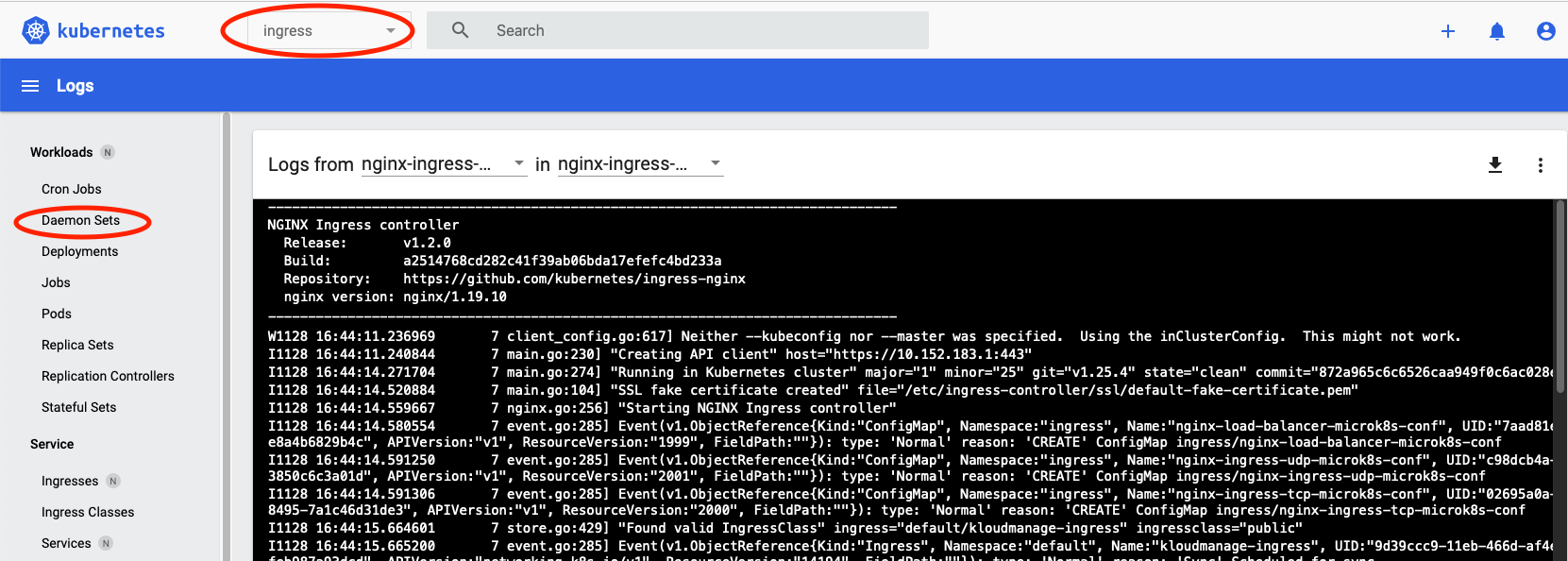Troubleshooting
There are a few potential issues that can prevent proper startup. The notes below all assume that you have started up the Kubernetes Dashboard.
Storage Provisioning
The most common reason for components not starting up correctly is incorrect storage provisioning. When the Helm chart is set up, a number of Persistent Volume Claims (PVC) are set up. The claims are requests of the underlying storage provisioning for a volume with a specific size, access model and storage class.
Single Node
In a single node, all except one PVC will provisioned using OpenEBS Local LVM from the LVM volume group defined by storage.local.vg.
So ensure that this Volume Group has enough free space. If you look at the PVC list in the dashboard you should be able to spot the issue.
The remaining PVC (for Flink job manager state) will provisioned using OpenEBS NFS storage. This type of storage is used to allow the storage to be shared between multiple PODS ‘ReadWriteMany’. The storage will be provisioned from the root file system.
Multiple Nodes
In a cluster, two types of storage class are used:
- OpenEBS NFS storage on OpenEBS cStor : Storage that is available from any node in the cluster
- OpenEBS Local-LVM : Storage on a specific node.
Again you should ensure that there is enough of each type
TLS
If your HTTPS certificate is not working correctly, you can look at the Ingress logs for possible issues with the certificate.
Image Downloads
There are a few ‘containerd’ commands that can be useful when figuring out what is happening with image downloads:
microk8s ctr images check
Shows what images are being retrieved (which might include multiple image layers).
microk8s ctr content active
Shows active content (images/manifests) transfers.
